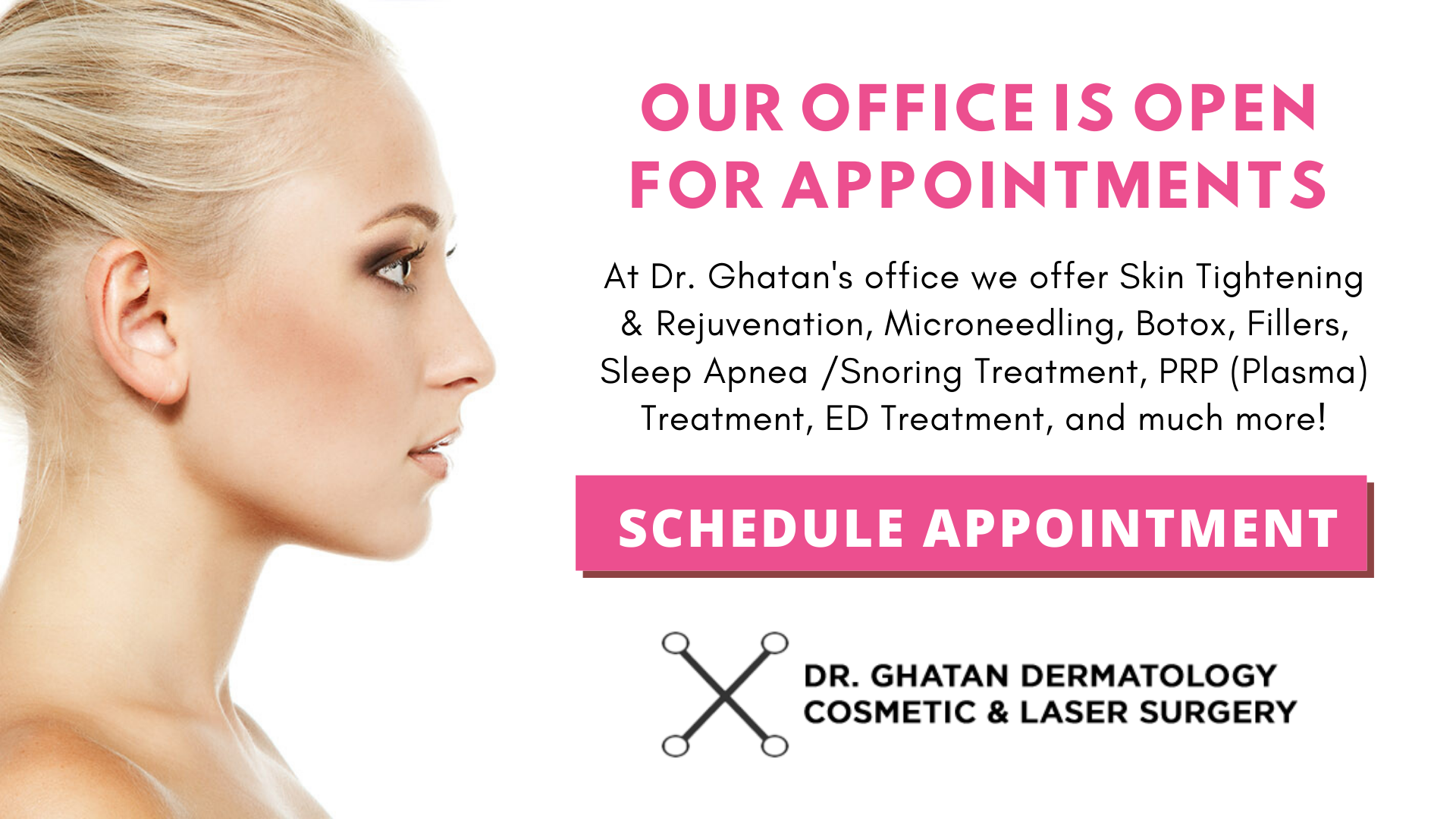General Skin Facts
What are the long-term effects of treatment?
Your skin is an organ like the heart, lungs, kidney or liver. Damage done to your skin can often be treated but any intervention must be careful and made with a weather-eye on the latest medical and pharmaceutical developments. We keep ourselves up to date with new treatments so you can be assured the advice you are getting is given for the utmost long term benefits of both you and your skin.
How will my skin react to treatment?
Depending on the problem, and depending on the treatment, you should expect some side effects afterwards. We will always discuss these with you beforehand. Having a medical specialist on hand is essential as your side effects will not be unique and only a qualified dermatologist will know how to manage your skin issues correctly.
What is a Dermatologist?
Dermatology is the science that is concerned with the diagnosis and treatment of diseases of the skin, hair and nails. A dermatologist is the medical specialist you should consult if you have any significant problem with your skin.
Photodynamic Therapy
How many treatments are necessary?
Achieving maximum improvement is greatly dependent on the treatment plan you and Dr. Ghatan select. With a more aggressive protocol just one or two treatments are usually required. If you select a less aggressive approach it may require two to five treatments. Treatments are spaced two to five weeks apart. Additional treatments may be done at periodic intervals in the future to maintain the rejuvenated appearance of the skin.
How much improvement can I expect?
Patients with severe sun damaged skin manifested by actinic keratosis, texture, and tone changes including mottled pigmentation and skin laxity may see excellent results. You may also see improvement of large pores and pitted acne scars. Active acne can be dramatically reduced.
Who is not a good candidate for PDT?
If you are pregnant, have been on isotretinoin within 3 months, or have an active cold sore you should not have this procedure. If you are taking aspirin of blood thinners, you may experience bruising that can take up to two weeks to resolve. If you are tanned or have recently been exposed to the sun in the area you are having treated, you may be more susceptible to potential side effects such as blisters or crusts and/or your treatment may need to be reduced in intensity or postponed until the tan fades. In addition, patients with pacemakers or internal defibrillators should not have this procedure.
Who is a good candidate for Photodynamic therapy (PDT)?
Patients with diffuse actinic keratoses, moderate to severe rosacea, moderate to severe sun damage, textural irregularities, and/or acne are good candidates for PDT with Levulan.
Thermage
Can I get a Face or Body by Thermage procedure if I’ve already had other procedures?
Thermage procedures are compatible with and may even enhance the effect of other cosmetic procedures that Dr Day performs.
Do Thermage treatments hurt?
When the energy is applies, you’ll feel a deep, but brief, heating sensation, which is an indication that collagen is reaching effective temperatures for tightening. To protect the surface of your skin, a cooling spray is automatically delivered before, during and after each application of energy. You will be asked for feedback on the level of heat sensation experienced during the procedure to help balance your comfort with maximal results.
What will I look like immediately after the procedure? Can I go right back to work?
There is no special care needed after treatment and most patients return to their regular activities immediately following treatment. In cases where medication is given for pain management, patients will need an escort home after the procedure.
How many treatments will I need?
Unlike many laser procedures requiring four or more sessions, a single Thermage treatment produces results in the majority of patients. Sometimes a second treatment is recommended at three to six months after the first treatment.
How long will the results last?
Thermage procedures stimulate new natural collagen production for up to six months following the treatment. Results can be long-lasting depending on the condition and the patient’s natural aging process.
How soon will I see results?
Immediate results are usually visible and improve over time. Measurable tightening and contouring improvements appear gradually over a two to six month time period following a single treatment session.
What kind of results can I expect?
Your skin can look smoother and more youthful as the tighter underlying collagen offers better support. Results vary depending on age and skin condition.
How long does each treatment take?
Depending on the size of the area to be treated, the procedure may take as little as 20 minutes or up to two hours
How does Thermage work?
A hand piece with a smooth, flat tip delivers Thermage’s unique monopolar capacitive radiofrequency (CRF) technology, which safely heats the deeper layers of your skin. This stimulates existing collagen and promotes new collagen growth over time resulting in smoother, tighter skin.
How long has Thermage been available?
The Thermage device was first cleared by the FDA in 2002 an das been available in physician offices since then.
What is the Thermage procedure?
Thermage is a non-invasinve procedure to smooth, tighten and contour the skin of the face and the body for an overall naturally younger appearance. There is no surgery involved, you will experience little to no downtime and can generally return to normal activities immediately following the procedure.

